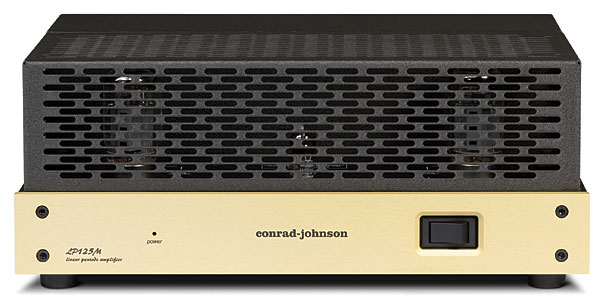| Columns Retired Columns & Blogs |
" Fundamenally right " I believe were Robert's words , I guess that means he liked it . To bad it had two problems , the first a ground loop issue that couldn't be solved safely , then tube problem's with both mono's . I guess that will preclude it from any recommended components list , or is the recommendation based entirely on sound quality , with relieability thrown out the window ? I don't feel that a pair of amps in this price range should have these types of problems . If I had had these problems with new equipment I would have been very unhappy regardless of the sound .





































